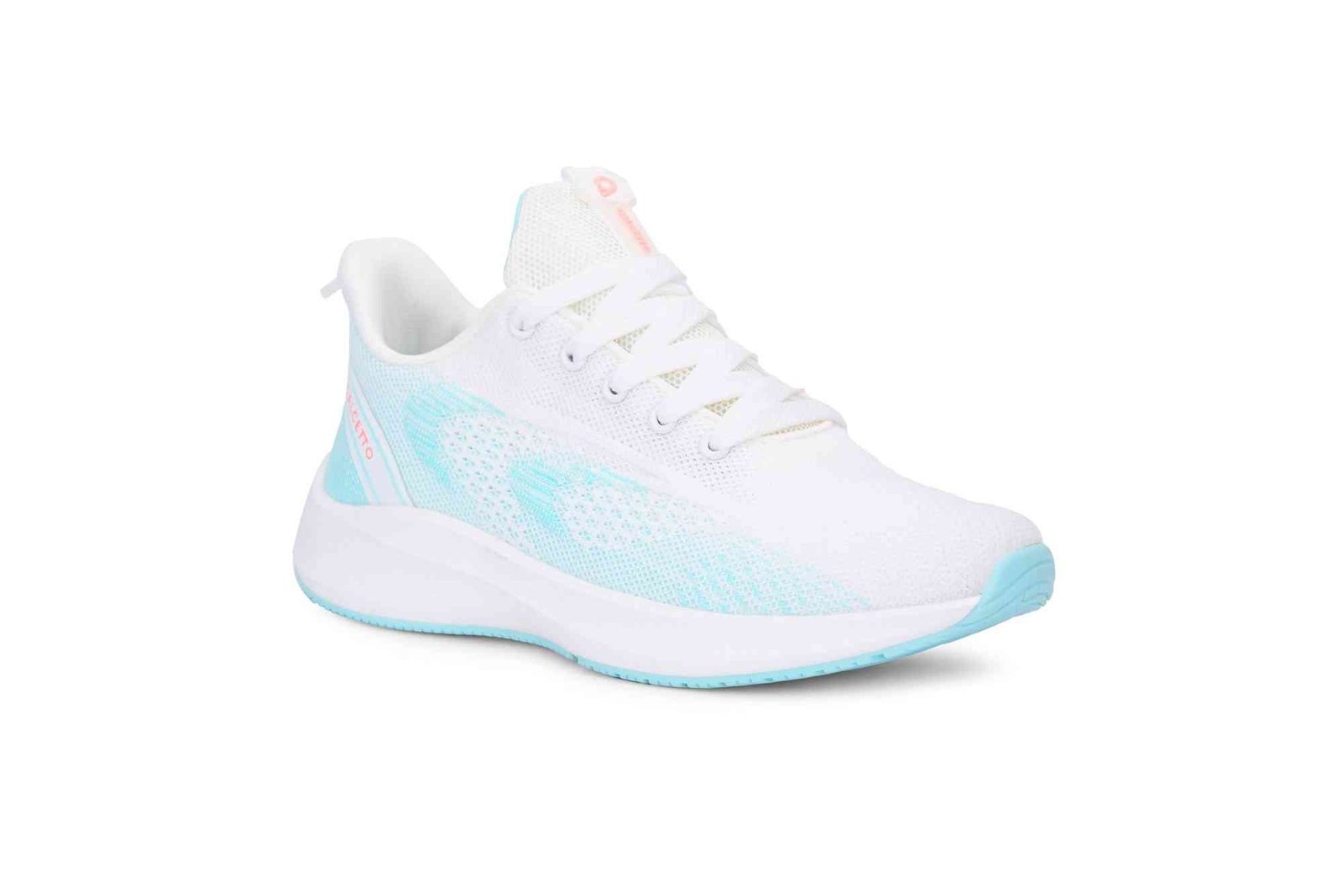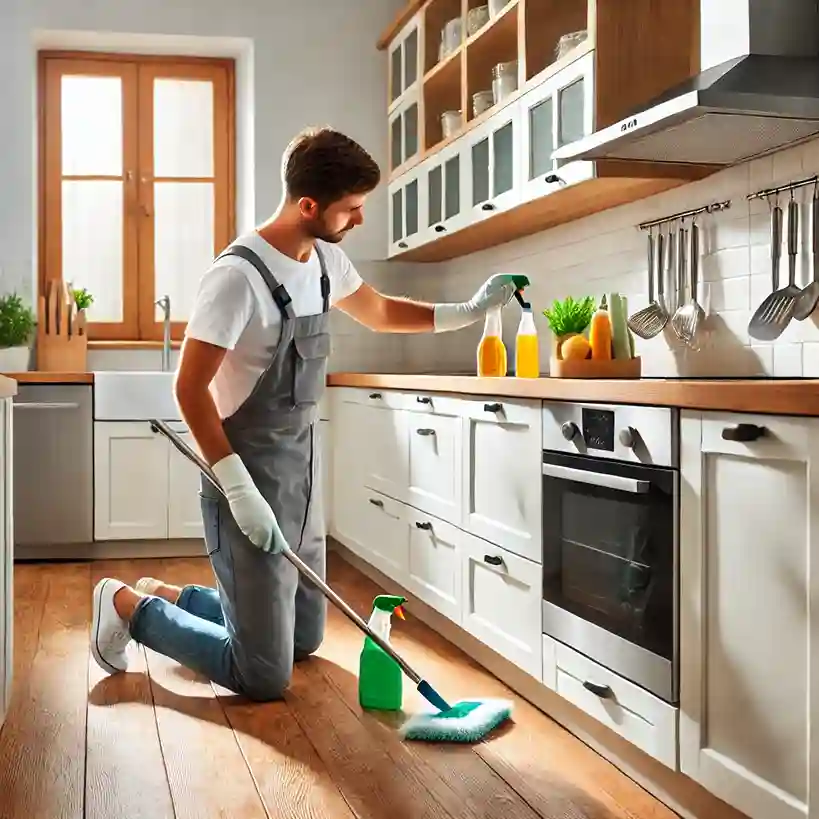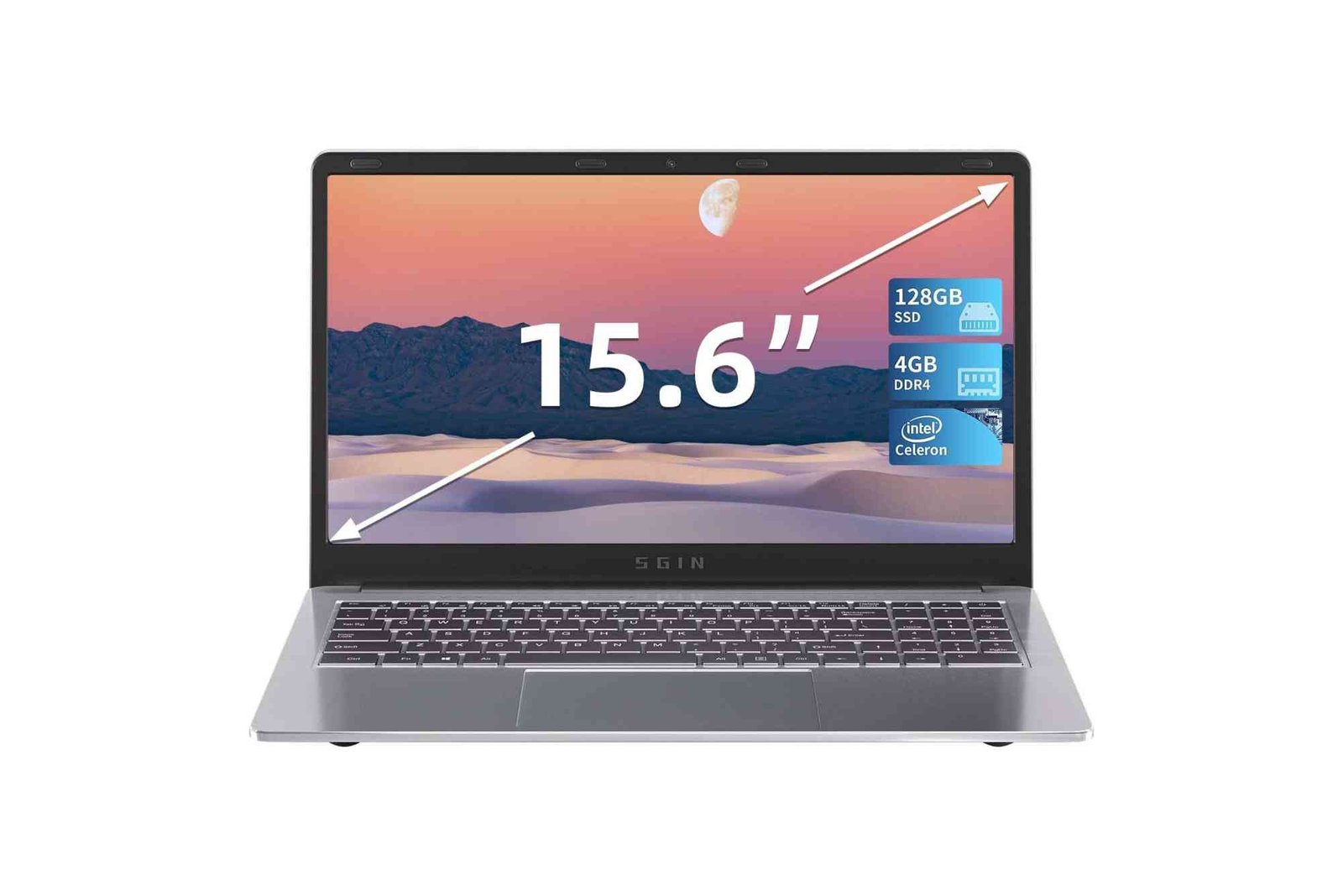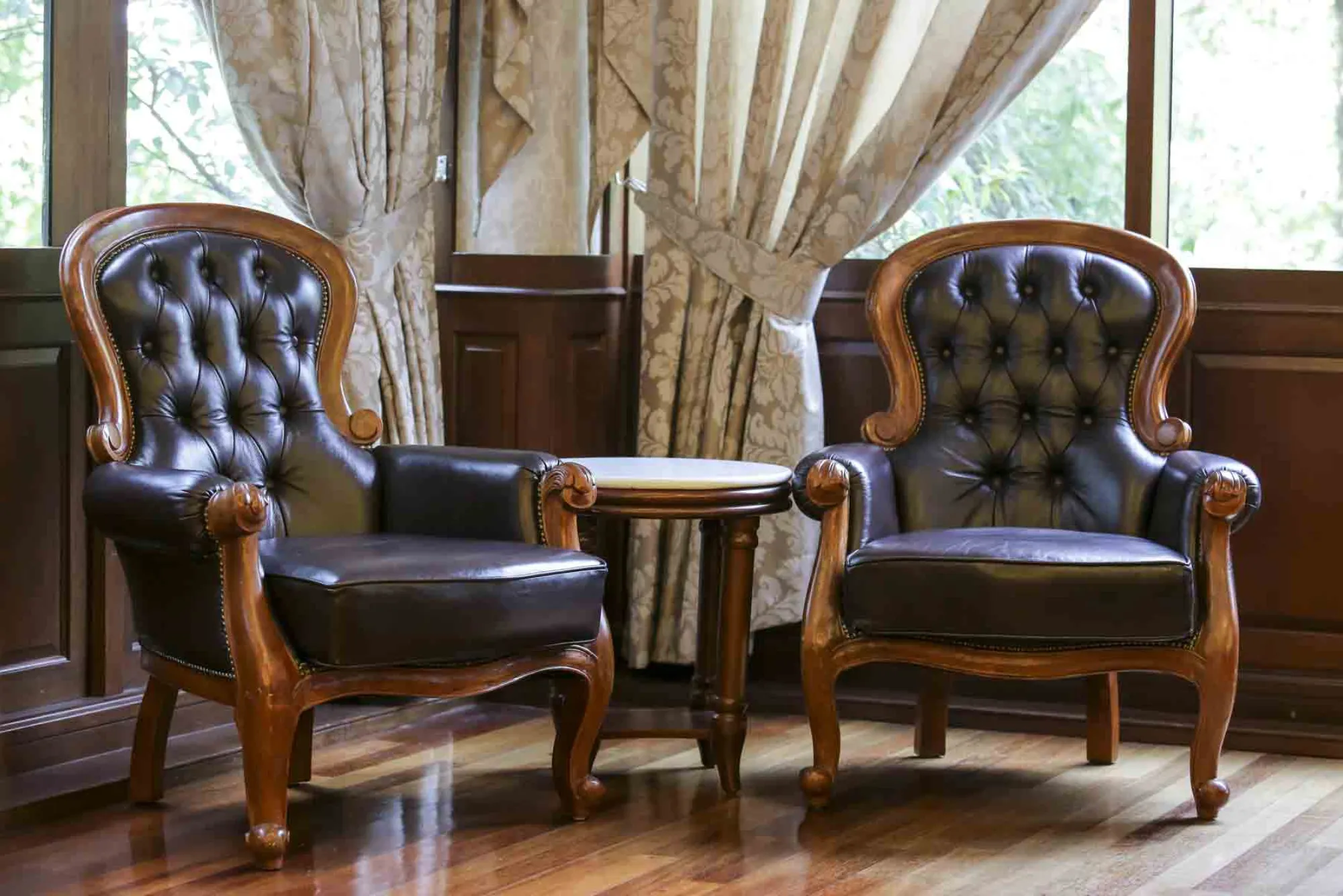Introduction
Entering the world of calcetto (five-a-side soccer) can feel overwhelming, especially when choosing your first pair of shoes. This guide will help you navigate key features, styles, and recommended picks. Whether you’re just lacing up for the first time or upgrading from casual sneakers, you’ll find the advice you need here.
Why Calcetto Shoes Matter
Calcetto courts (often indoor or small artificial turf) demand specific shoe traits. Regular running or gym shoes lack the grip, cushioning, and durability that a proper calcetto shoe offers. A mismatched shoe can lead to slips, foot strain, or early wear.
The right pair helps you:
-
Maintain traction for quick turns and sprints
-
Protect ankles and toes during sudden stops
-
Feel comfortable through intense play
In the next sections, we’ll break down what to look for and how to match those features to your style.
Key Features to Look for in Women’s Calcetto Shoes
Grip and Outsole Pattern
Good calcetto shoes use non-marking rubber soles with multi-directional tread patterns. These patterns provide grip on smooth courts and artificial turf. Look for herringbone or wave designs that allow lateral movement.
Fit and Cushioning
As a beginner, comfort is essential. Shoes should hug your foot without pinching. EVA midsoles or foam insoles help reduce impact. Some shoes include gel or air pods in the heel. Also consider arch support—some women have low or high arches.
Upper Material
Uppers range from synthetic leather to knit or mesh blends. Synthetic leather offers durability and a soft touch for ball control. Knit or mesh options are lighter and breathable. A reinforced toe cap is a bonus for frequent kicking.
Weight and Flexibility
Light shoes (around 230 g or under for size 38/39) let you move freely. But extreme lightness sometimes sacrifices cushioning. Aim for a balanced shoe that flexes at the ball of the foot.
Ankle Collar and Support
You’ll find low-cut, mid-cut, and high-cut designs. Low-cut gives freedom, mid-cut offers a bit more support, and high-cut (sock style) adds ankle stability. Beginners may prefer mid-cut for a good balance.
Durability and Reinforcements
Stitching, overlays, and toe guards extend life. Insist on quality materials around high-wear zones. A warranty or brand reputation helps ensure a long-lasting shoe.
How to Choose the Right Pair
Know Your Court Type
Some calcetto is played on hard indoor floors; others on synthetic turf. Choose a sole that matches your court: flat non-marking for indoor, slightly more tread for turf.
Try Shoes on in the Evening
Feet swell during the day. Try shoes in the late afternoon or evening to account for this. Wear the same socks you’ll play in.
Allow a Thumb’s Width
Leave about a thumb’s width of space in front of your toes. That prevents bruising when you sprint or bend forward.
Break Them In Gradually
Play light sessions before full matches. The materials need time to mold to your foot.
Replace Before They Fail
Don’t wait until soles are slick. Once traction fades or cushioning flattens, it’s time for a new pair.
Recommended Shoes for Beginners
Here are a few solid models you can look for (brands often release women-specific colorways or sizing). Rather than naming a single best, these types reflect what to prioritize: grip, comfort, and value.
Model A: All-round indoor performer
A lightweight synthetic upper, multidirectional rubber outsole, and foam cushioning make it versatile for both indoor courts and turf. This type helps you adjust as you vary surfaces.
Model B: Cushioning-focused option
If your joints are sensitive or new to high-impact play, pick a shoe with extra heel cushioning or gel pods. It gives forgiveness during abrupt stops.
Model C: Ball control & agility
Some shoes emphasize a textured upper or grippy surface to aid dribbling. If you like to control the ball close, this option helps with touch and finesse.
Model D: High support mid-cut
A mid or sock-style collar can protect against ankle rolls when changing direction. It’s especially helpful during quick lateral moves.
While I won’t list specific models here (they may change), use this as a guide to calcetto shoes for women. Visit trusted retailers and filter by “indoor futsal women” or “calcetto” to find current variants.
Tips for Care & Longevity
Rotate shoes if possible to let materials decompress. After play, wipe them with a damp cloth and air-dry—avoid heaters or direct sun. Occasionally clean the outsole grooves to maintain grip. Replace insoles yearly if worn.
Style & Aesthetics
Since you care about function, style shouldn’t be ignored. Many brands now offer women’s colorways in sleek, bold designs. Choose something you love wearing—it boosts confidence. Also check width options (some lines offer narrow vs standard).
You may also explore beauty & fashion basics to complement your sporty style.
Why Beginners Need Specialized Shoes
Beginners often overcompensate or hesitate in movement. A shoe with solid grip and cushioning reduces the margin for error. It gives you room to focus on technique, not foot pain. In fact, more advanced players still rely on beginner-friendly features during heavy training.
Choosing the best calcetto shoes for women for beginners is about balancing grip, comfort, support, and durability. Don’t rush—test different fits, walk indoors, and consider your court type. Your first pair doesn’t have to be perfect forever; it simply needs to help you enjoy the game and improve.
Ready to pick your pair? Use this article as a checklist when browsing. And when you’re ready, check out a detailed shoe size & fit guide to find the perfect match. Play confident, play strong—and enjoy your calcetto journey!
FAQ
What shoes should I wear for indoor calcetto?
Choose non-marking rubber soles with multidirectional tread and a close fit. Avoid regular running shoes—they lack lateral grip and may slip on smooth surfaces.
How tight should calcetto shoes be for women?
They should be snug but not painful. You want firm lockdown without pinching. Leave a thumb’s width at the toe and ensure no slipping at the heel when you move.
Do futsal shoes differ from regular soccer cleats?
Yes. Futsal/calcetto shoes have flat non-marking soles, whereas soccer cleats have studs or blades for outdoor grass. Using cleats indoors can damage the court and be dangerous.
Are women’s and men’s calcetto shoes different?
Mainly in sizing and width. Women’s shoes often have narrower lasts, different colorways, and slightly altered cushioning. Performance features remain similar, so focus on fit rather than gender label.
When should I replace my calcetto shoes?
Replace them when the outsole wears smooth, cushioning collapses, or you notice slipping. That usually happens after 300–500 hours of play, depending on court type and intensity.




